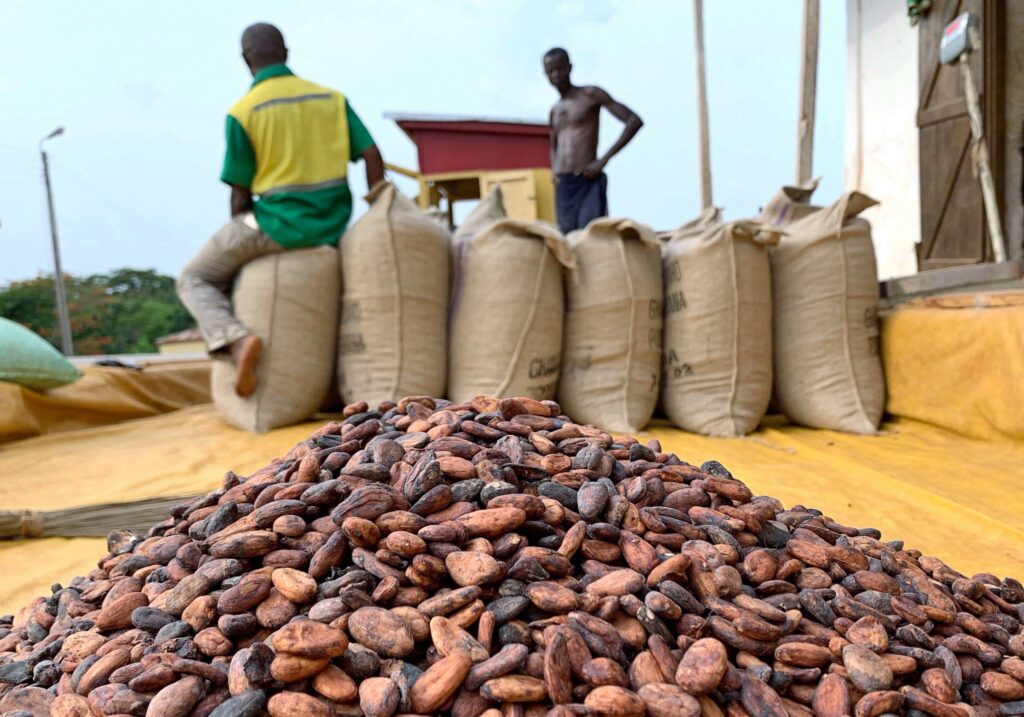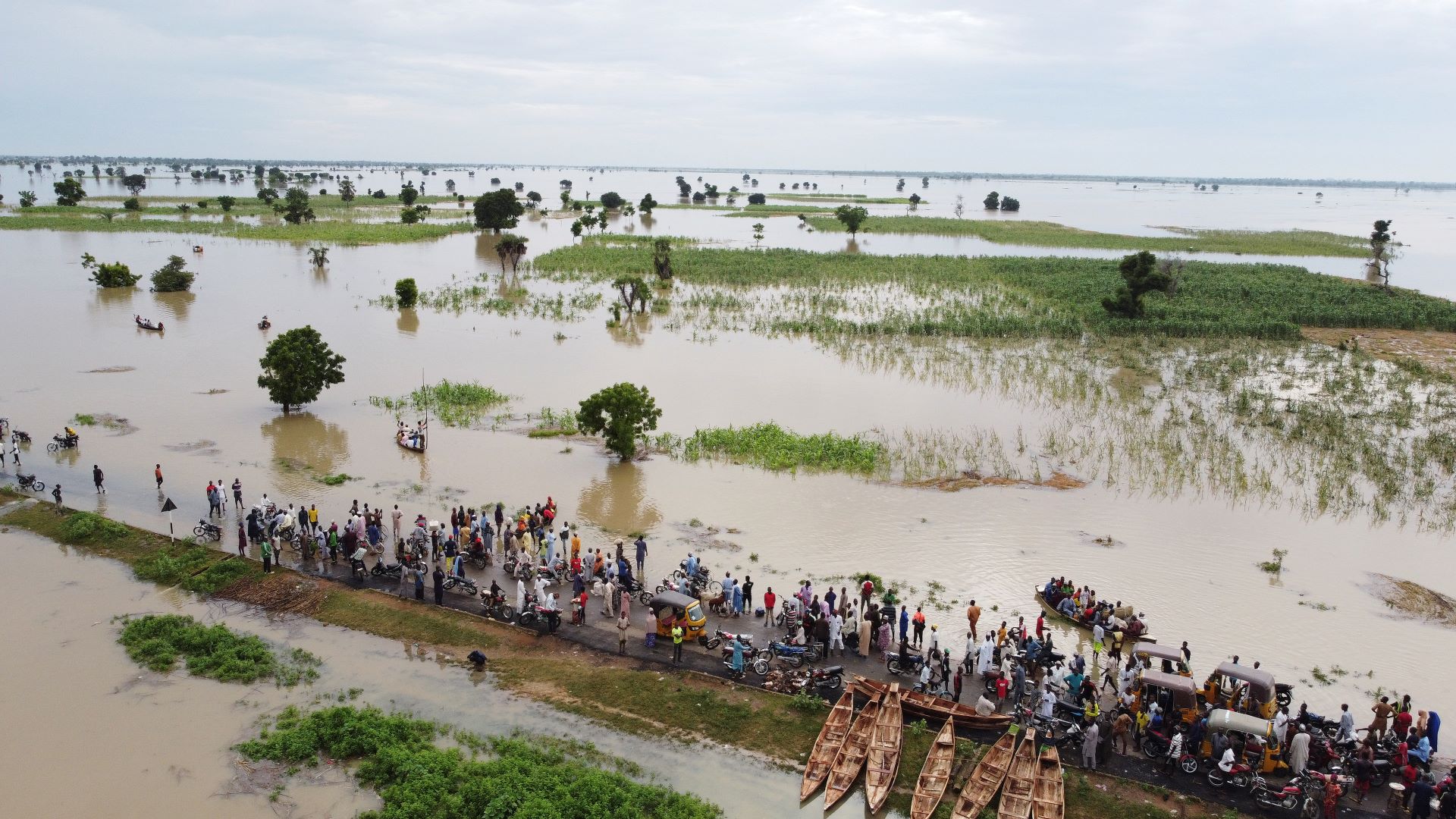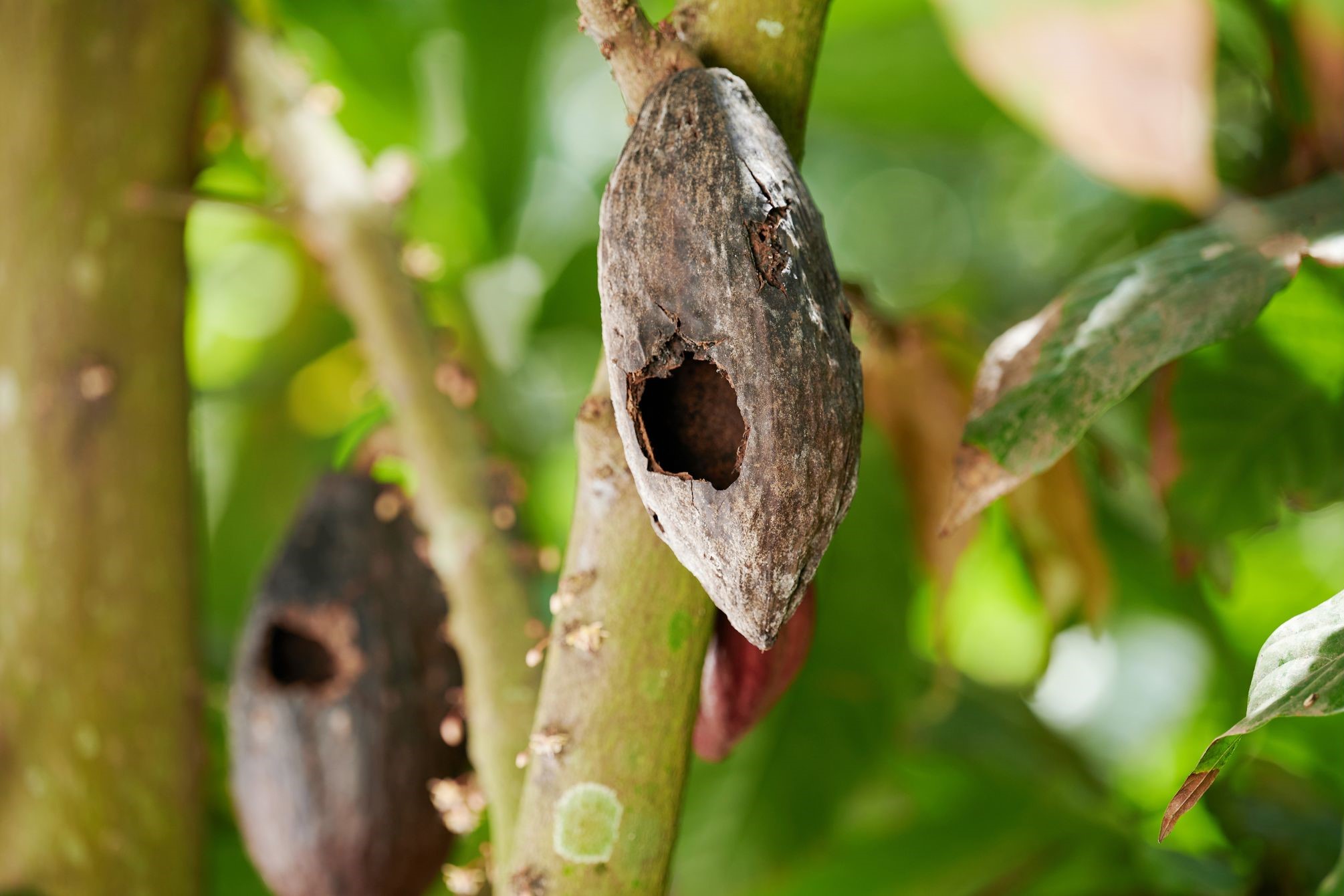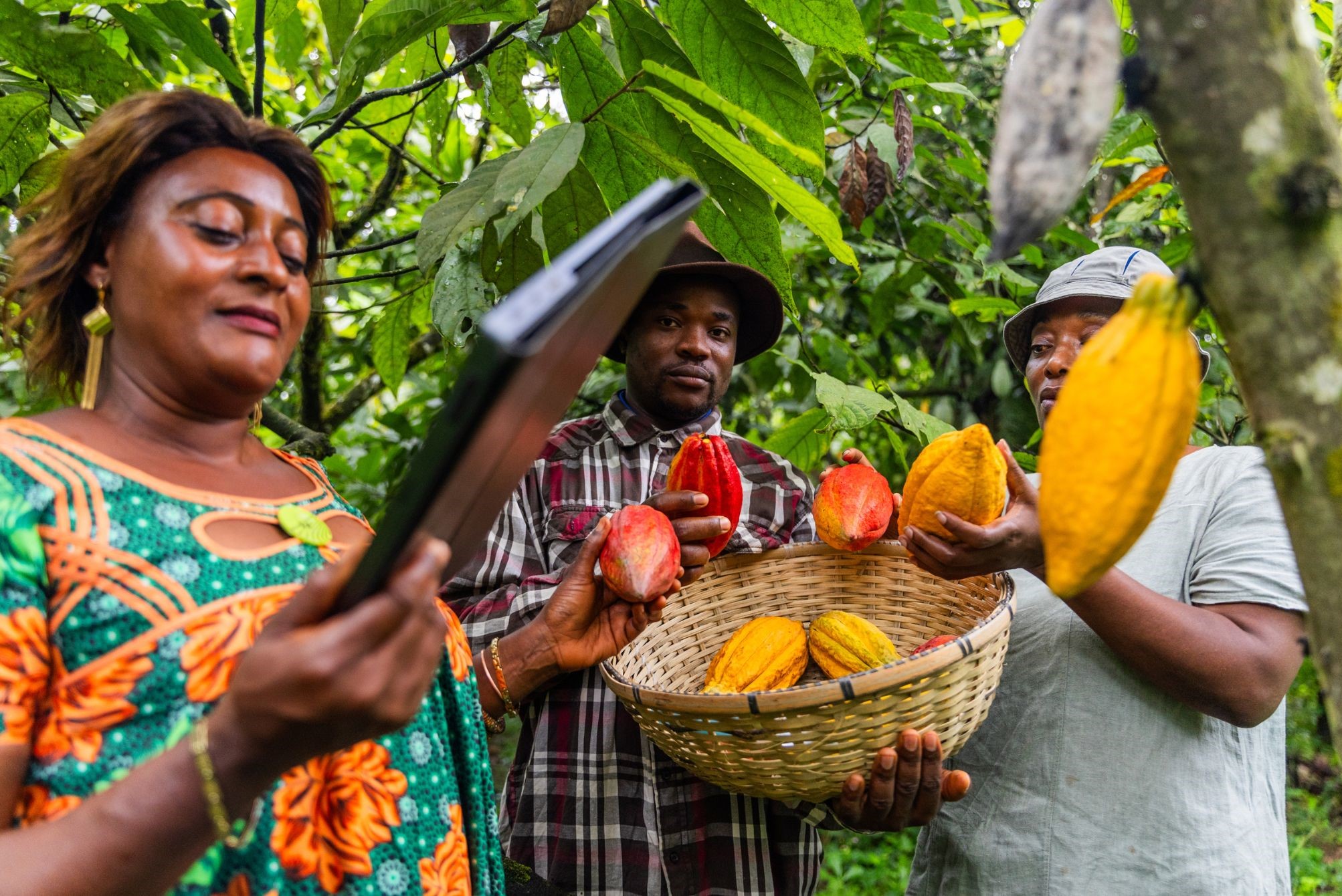is an inevitability
On the back of COP28 (28th United Nations Climate Change Conference in 2023), new scientific research suggests that ‘climate tipping points’ are closer than expected and could be triggered within a decade or two.1 Overshooting the 1.5°C target of the Paris Agreement is now inevitable and could permanently change how society is run. For the agricultural and food industry, this is an alarming predicament as climate change increases the risk of hunger, malnutrition, and diet-related mortality. Staple crops like rice, wheat, maize, and potatoes to cash crops like cocoa and coffee will be widely impacted.2
Nothing is truer in this world than the disruption of the cocoa supply chain, which has undergone significant shortages - a 142,000-ton supply deficit in the 2022/2023 season, as reported by the International Cocoa Organization, ICCO.3 The supply shortages resulted in cocoa futures hitting a 45-year high, having surged from US$2,500/MT (metric ton) in January 2023 to above US$4,200/MT in December 2023. As such, major chocolate-consuming economies have begun to see rising chocolate prices, with Europe and the US experiencing chocolate price hikes of 13% and 20% over the past two years, respectively.4
Image: Cocoa beans at a warehouse in Sunyani, Ghana. © REUTERS

The decrease in cocoa supply can be attributed to the recent hotter, drier weather patterns that stunt the cocoa bean growth in West Africa, accounting for between 65% and 70% of the global cocoa supply. The warmer, less humid climate in the cocoa-growing region is driven by El Nino made more severe by climate change.5 The influence of El Nino has made 2023 the warmest year on record, and with El Nino expected to persist, this year is predicted to surpass that record, bringing further negative impact to cocoa cultivation.6 7 8 But right now, the impact is already being felt, with Cocoa exports between October and December 2023 in Ivory Coast down 34% compared to last year.9 Overall, cocoa yields are widely expected to decrease10 , with estimates indicating a potential decline of up to 25% in the Ivory Coast between October 2023 and March 2024.11
Image: Flooded farmlands in Nigeria. © AP

Climate change is also making diseases such as swollen shoot and black pod diseases more common due to extreme conditions like heavy rain and floods, which contributed to substantial losses in yield; Ivory Coast suspended cocoa sales for the 2023-2024 seasons as a result of severe rains that caused damage and flooding to farms in the weeks leading up to mid-July.12
Besides impacting vulnerable regions with existing cocoa production, studies have shown that climate change can shift cocoa-growing areas in the long run.13 In most cocoa-producing countries in the West Africa cocoa belt, such as Guinea, Nigeria, and Togo, areas unsuitable for cocoa production are expected to increase. On the contrary, the southern parts of Cameroon, Ghana, Ivory Coast, and Liberia will have more suitable areas to compensate for losses and gains partially. However, expanding these areas will also risk new deforestation, exacerbating climate change. Overall, by the 2050s, highly suitable areas for cocoa growing in West Africa will decrease by half from now.
Image: picture via Canva.com

To make up for cocoa production losses caused by climate change, smallholder farmers in West Africa are currently using climate adaptation strategies such as planting improved cocoa varieties, increasing pesticide and fertilizer application, crop diversification, diversification to non-farm activities, and planting trees for shade.14 Yet, the adoption of improved cocoa varieties and other methods remains low among many farmers. Governments, corporations, and non-governmental organizations need to enhance the dissemination of climate change information to farmers through extension agents and invest more in climate-resilient cocoa-related projects.
Despite various interventions from cocoa farmers to mitigate their loss, will these methods safeguard their livelihoods and ensure sustainable cocoa supply in the long run amidst the escalating challenges of climate change? In our upcoming post, we will delve into why the prospects of climate adaptation alone may fall short of maintaining a stable cocoa supply. Additionally, we will explore other environmental factors that further disrupt the future trajectory of cocoa production.
Image: picture via Canva.com
